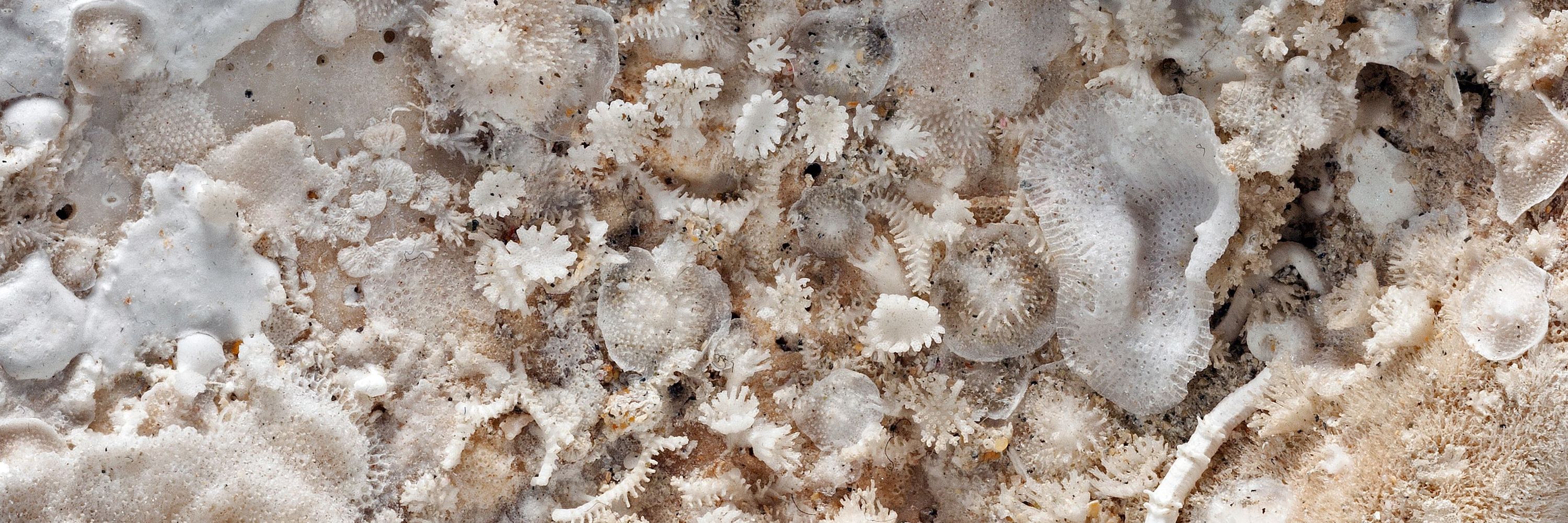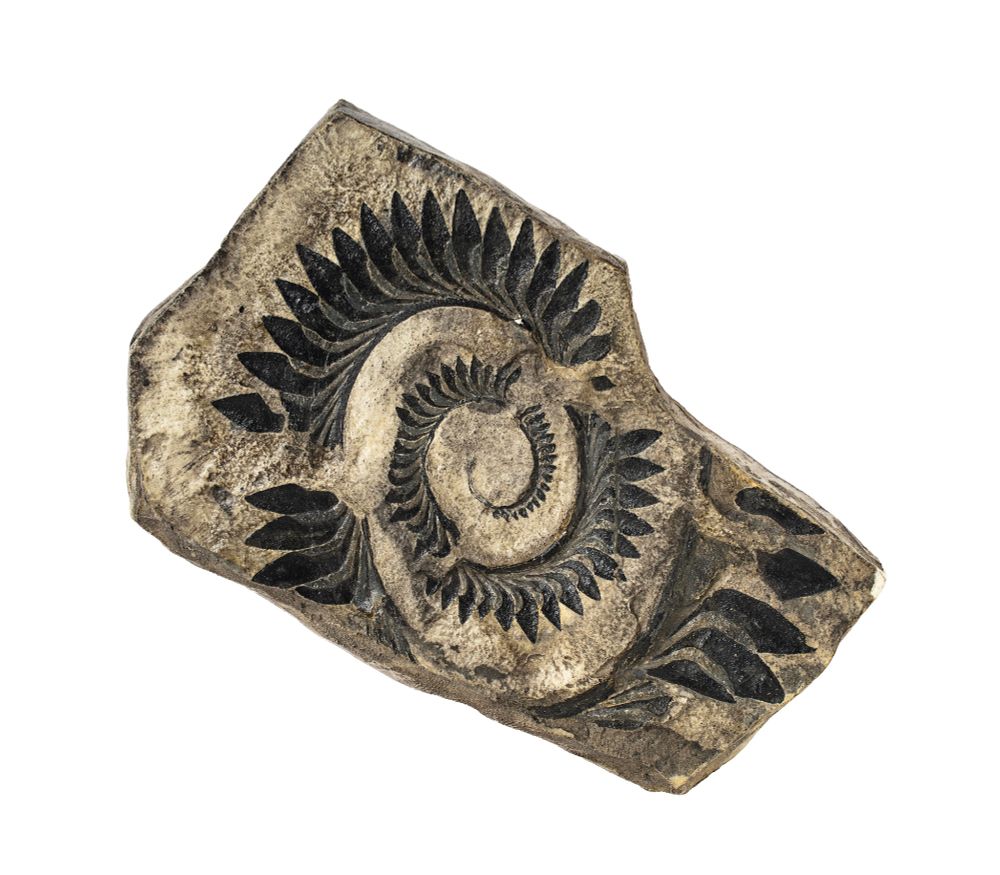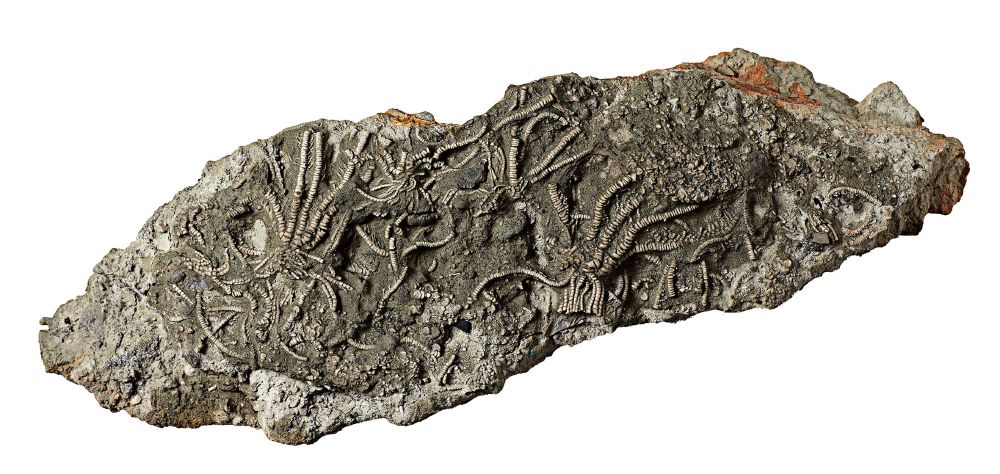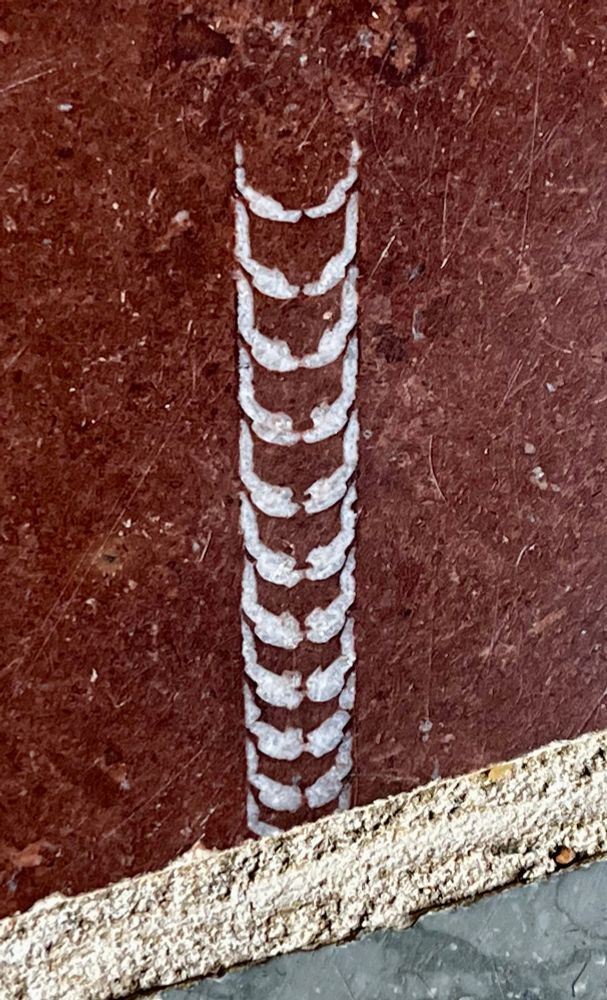Paul D. Taylor
@nhmbryozoa.bsky.social
540 followers
320 following
180 posts
Invertebrate palaeontologist and bryozoologist at the Natural History Museum, London.
Posts
Media
Videos
Starter Packs
Reposted by Paul D. Taylor
Reposted by Paul D. Taylor
Reposted by Paul D. Taylor
Reposted by Paul D. Taylor
Reposted by Paul D. Taylor
Reposted by Paul D. Taylor
Reposted by Paul D. Taylor
Reposted by Paul D. Taylor
Reposted by Paul D. Taylor


























